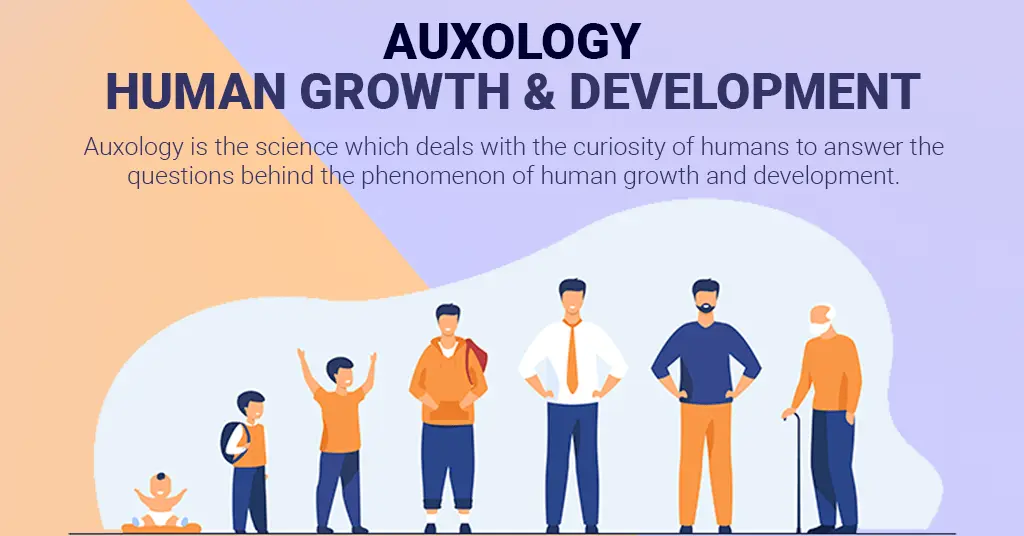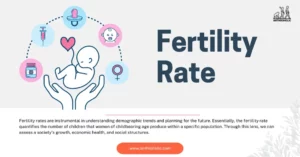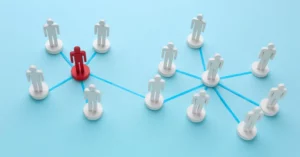AI Answer Evaluation Platform Live Now. Try Free Answer Evaluation Now
Auxology
Auxology is the science which deals with the curiosity of humans to answer the questions behind the phenomenon of human growth and development. The term Auxology came from a Greek term Auxo which means growth or increase. Auxology is a meta term and thus a multidisciplinary science which involves other branches of science and social science such as medicine, genetics, nutrition, anthropology, anthropometry, history, socioeconomics, psychology, public health etc.

In a day to day parlance the term “growth” and “development” are used interchangeably. However the two terms are conceptually different, and denote the dynamic aspects of life process. The application of Auxology can be versatile such as physical growth and development can be taken as a primary measure of community health and of the quality of the environment for human habitation, in anthropology human growth and development can be studied and could help in establishing connection between individual and culture, individual and ethnicity, culture and cultural traits etc.
Growth
Growth is defined as quantitative increase in size or in mass. It denotes the net increase in the size of the tissue and the multiplication of the cell. It also includes the expansion in the size of cells. Growth is a continuous process which begins from birth and continues till death except in the case of neurons and some muscles which do not grow after birth of an individual. Growth begins at fertilisation. It is achieved by the following process:
- Accretionary Growth: Increase in inner cell substance.
- Multiplicative Growth: Increase in the number of cells i.e cell division (Mitosis) or hyperplasia.
- Dimensional Growth: Increase in intercellular substance.
Stages of Growth
Development
The term development includes processes including functional specialisation, acquisition of variety of skills, process of maturation etc. Ergo, development can be defined as attainment of functional competence by progression of changes that lead from an undifferentiated blastula, gastrula or immature cells that lead to form a highly organised, specialised and mature stage.
Development mainly involves expansion of cells and it is related to the maturation and myelination of the nervous cells and indicates acquisition of a variety of skills for optimal functioning of the individual. The scientific study of human development focuses on how humans change and remain the same across time.. In some ways, people show an underlying continuity or consistency, from one time of life to another, In other ways they change.
Principles of Growth and Development
Auxology also explains the principles behind the Growth and development of Humans. Growth and development are not haphazard. Rather it progresses along logical lines that are similar for all human beings. Three guiding principles are at work in growth and development both before and after birth.
- Top to bottom development: This principle , also called the cephalocaudal principle (head to tail) dictates that development proceeds from the head to the lower parts of the body. An embryo’s head, brain and eyes develop first.The head of a two month old embryo is half the length of the entire body. By the time of birth the head is only one – fourth the length of the body, it becomes less so as the child grows. Furthermore infants learn to use the upper parts of the body before the lower parts. Babies can see objects before they can control the trunk, and they can use their hands to grasp long before they can walk.
- Inner to outer development: This principle is also called proximodistal principle (near to far), so according to this the development proceeds from the central part of the body to outer parts. The embryonic trunk and head develop before the limbs, and the arms and legs before the finger and toes. Babies tend to use their upper leg and knee before their feet and toes.
- Simple to complex: The third rule of development states that in acquiring all practical skills, we progress from the simple to complex. Children could sit with support before they could sit alone.
Auxology also helps us to go deeper in the concept of growth and development. Although people typically proceed through the same general sequence of development, there is a wide range of differences in the timing and expression of developmental change. Also, the result of development varies. People differ in height , weight, health, energy, build of the body, in comprehension of complex ideas and in emotional reaction. To know more about the factors influencing growth and development you will have to read our next article on Auxology i.e. factors affecting human growth and development.




